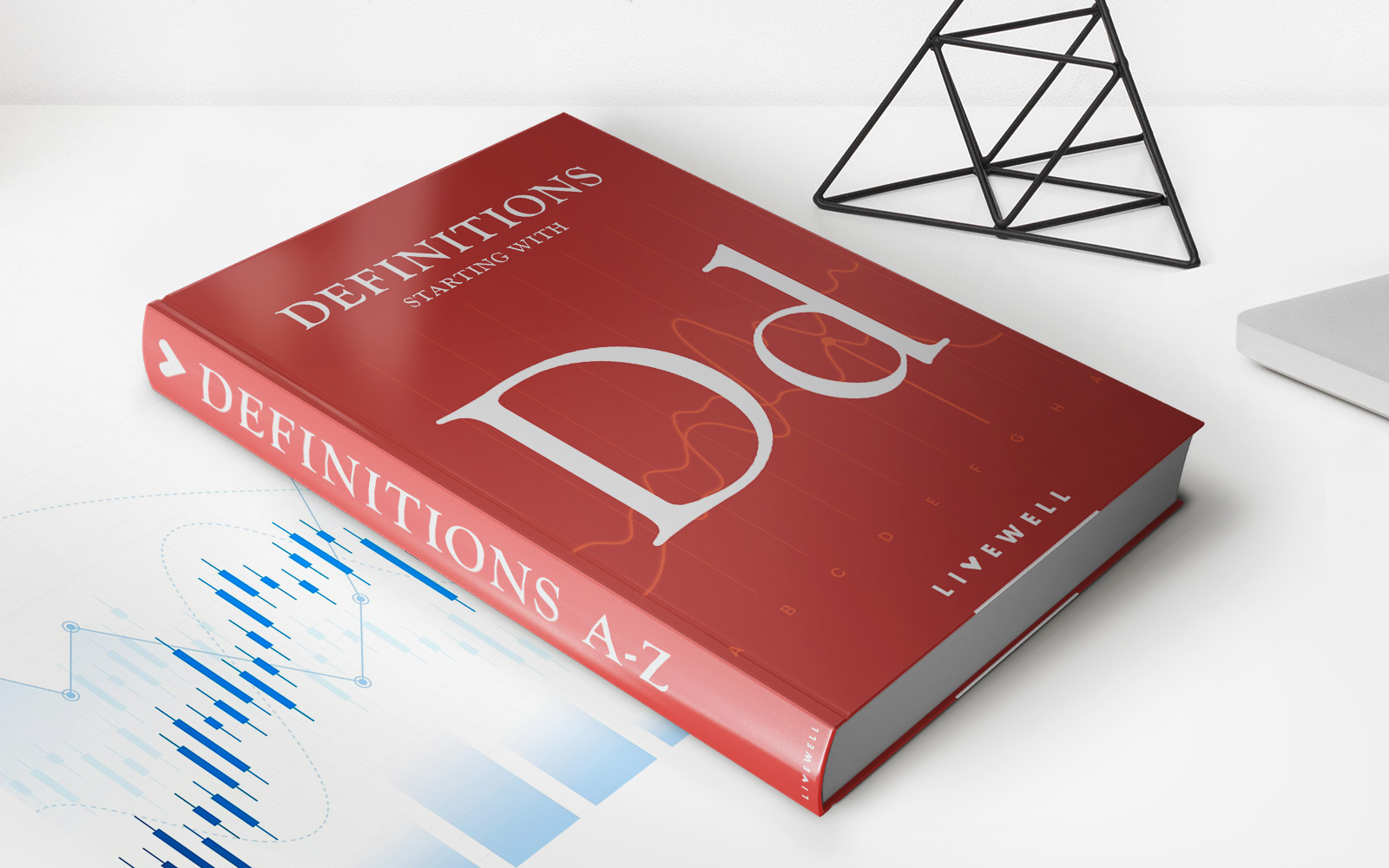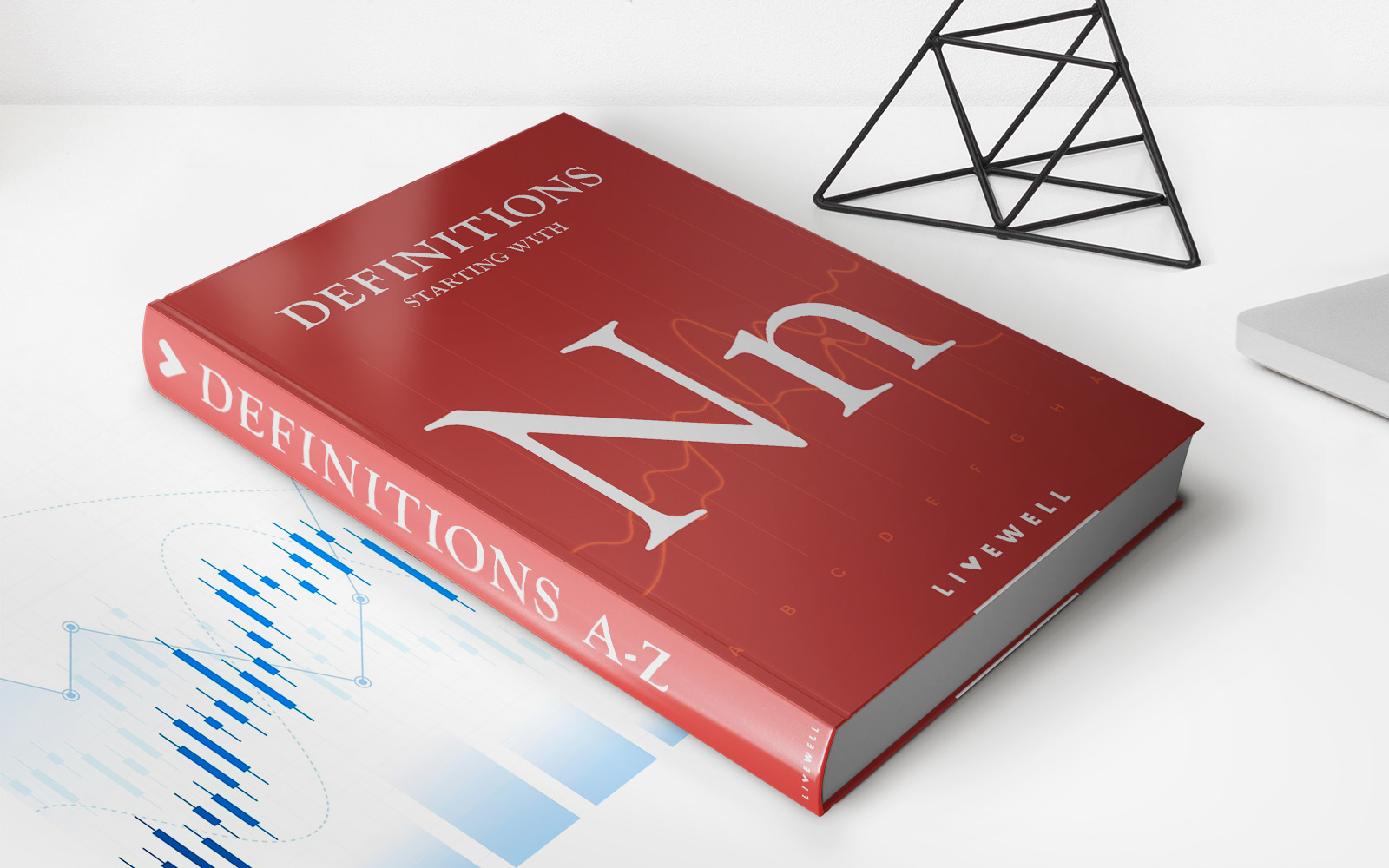Home>Finance>When Someone Dies, Who Gets The Retirement/Pension Funds?


Finance
When Someone Dies, Who Gets The Retirement/Pension Funds?
Published: January 23, 2024
When someone passes away, the distribution of retirement and pension funds depends on various factors. Understand the financial implications and legal considerations in estate planning and inheritance. Learn more about finance and inheritance laws.
(Many of the links in this article redirect to a specific reviewed product. Your purchase of these products through affiliate links helps to generate commission for LiveWell, at no extra cost. Learn more)
Table of Contents
Introduction
Retirement and pension funds are crucial components of a person's financial planning, providing a source of income during their golden years. However, the fate of these funds after an individual passes away is a matter of significant importance and often raises complex questions. In the event of a person's demise, it becomes essential to understand the intricate processes and regulations governing the distribution of retirement and pension funds. This article aims to shed light on the crucial aspects of this topic, offering insights into the allocation of these funds and the role of beneficiaries in the process.
The distribution of retirement and pension funds following an individual's passing is a multifaceted issue that involves legal, financial, and emotional considerations. It is essential to comprehend the mechanisms that dictate the disbursement of these funds, as well as the potential implications of not designating beneficiaries. Furthermore, navigating the legal landscape and understanding the potential for disputes is paramount in ensuring a smooth transition of these assets to the rightful recipients.
By delving into the intricacies of retirement and pension fund distribution, this article endeavors to provide clarity on a topic that is often shrouded in uncertainty. Understanding the significance of naming beneficiaries, the legal implications of not doing so, and the potential for disputes can empower individuals to make informed decisions and take proactive steps to safeguard their assets for their loved ones. As we explore the nuances of this subject, it is important to recognize the profound impact that proper planning and clear directives can have on the posthumous distribution of retirement and pension funds.
Understanding Retirement and Pension Funds
Retirement and pension funds serve as financial safety nets for individuals as they transition out of the workforce, providing a steady stream of income to support their lifestyle during retirement. These funds are typically accumulated through contributions made during an individual’s working years, often with additional contributions from employers. The management of these funds is governed by specific retirement plans, such as 401(k)s, IRAs, and employer-sponsored pension schemes, each with its own set of rules and regulations.
One of the key distinctions between retirement and pension funds lies in their funding mechanisms. Retirement funds, such as 401(k)s and IRAs, are often funded through individual contributions, with potential employer matches, while pension funds are established and funded by employers on behalf of their employees. Both types of funds are designed to provide financial security and stability during retirement, ensuring that individuals can maintain their standard of living without solely relying on Social Security benefits.
It’s important to note that the distribution and taxation of these funds can vary based on the specific retirement plan and the age at which withdrawals are made. Additionally, the regulations governing the inheritance and distribution of these funds in the event of the account holder’s passing are critical factors to consider. Understanding the nuances of these regulations can help individuals and their beneficiaries navigate the complexities of inheriting and managing these assets.
As individuals contribute to and manage their retirement and pension funds, it is essential to stay informed about the rules and options available within their specific plans. This knowledge empowers account holders to make strategic decisions that align with their long-term financial goals and ensures that their loved ones are well-positioned to receive the benefits of these funds in the event of their passing.
The Importance of Naming Beneficiaries
When individuals enroll in retirement and pension plans, they are often required to designate beneficiaries who will receive the funds in the event of their passing. Naming beneficiaries is a critical aspect of financial planning, as it directly impacts the seamless transfer of assets to chosen recipients. By designating beneficiaries, account holders ensure that their retirement and pension funds are distributed according to their wishes, bypassing potential complications and delays.
Beneficiary designations offer account holders the opportunity to specify exactly who will receive the funds upon their passing. This level of control allows individuals to align the distribution of their assets with their overall estate planning goals, ensuring that their loved ones are provided for in the manner they deem appropriate. Moreover, naming beneficiaries can streamline the process of transferring these funds, sparing beneficiaries from the complexities often associated with probate court proceedings.
Furthermore, the act of naming beneficiaries can have significant tax implications for both the account holder and the beneficiaries. When retirement and pension funds pass to named beneficiaries, they may benefit from tax advantages, such as the ability to stretch out distributions over an extended period, potentially reducing the tax burden on the inherited funds. Conversely, without named beneficiaries, the distribution of these assets may be subject to different tax treatment, potentially resulting in a less favorable outcome for the beneficiaries.
It’s important for individuals to regularly review and update their beneficiary designations to ensure that they align with their current circumstances and intentions. Life events such as marriage, divorce, the birth of children, or the loss of a loved one may necessitate revisions to beneficiary designations. By proactively managing these designations, account holders can maintain control over the ultimate disposition of their retirement and pension funds, reflecting changes in their familial and financial situations.
In summary, naming beneficiaries for retirement and pension funds is a fundamental aspect of estate planning and financial security. By thoughtfully designating beneficiaries and staying proactive in managing these designations, individuals can uphold their intentions for the distribution of these assets and provide their loved ones with a clear path to receiving the benefits of their hard-earned savings.
What Happens If There Is No Named Beneficiary?
In the absence of a named beneficiary for retirement and pension funds, the distribution of these assets becomes subject to specific rules and regulations outlined by the retirement plan and relevant state laws. While the precise outcomes can vary based on the type of retirement plan and the jurisdiction in which the account holder resides, several general scenarios may unfold when no designated beneficiary is in place.
Typically, in the event of an account holder’s passing without a named beneficiary, the funds within the retirement or pension account may become part of their overall estate. This can lead to the involvement of probate court proceedings, where the court will determine the distribution of the assets based on the individual’s will, if one exists, or the applicable intestacy laws if there is no will. The inclusion of these funds in the probate process can introduce delays and administrative complexities, potentially hindering the timely transfer of assets to intended heirs.
Moreover, the lack of a named beneficiary can impact the tax treatment of the inherited retirement and pension funds. Without a designated beneficiary, the distribution of these assets may be subject to different tax rules, potentially resulting in a less tax-efficient outcome for the heirs. Additionally, the absence of clear beneficiary designations can lead to disputes among potential heirs, further complicating the resolution of the account holder’s estate.
It’s important to note that specific retirement plans, such as employer-sponsored pensions, may have default provisions for the distribution of funds in the absence of a named beneficiary. These default provisions are established by the plan administrator and may dictate the order of priority for potential recipients, such as surviving spouses, children, or other legal heirs. Understanding these default provisions is crucial in comprehending the potential outcomes when no named beneficiary exists.
Given the potential complexities and uncertainties associated with the absence of named beneficiaries, it is advisable for individuals to proactively designate and regularly review their beneficiary designations. By doing so, account holders can mitigate the risk of their retirement and pension funds being subject to prolonged legal processes, unfavorable tax treatment, and familial disputes, ultimately ensuring a smoother transition of these assets to their intended recipients.
Legal Considerations and Disputes
When it comes to the distribution of retirement and pension funds following an individual’s passing, legal considerations and the potential for disputes can significantly impact the resolution of the estate. Understanding the legal framework surrounding beneficiary designations, inheritance laws, and the potential for conflicts is paramount in safeguarding the intended distribution of these assets and minimizing the risk of contentious situations.
One of the key legal considerations pertains to the validity and clarity of beneficiary designations. It is essential for account holders to ensure that their beneficiary designations comply with the requirements set forth by their retirement plans and relevant state laws. Ambiguities or inconsistencies in these designations can lead to disputes among potential beneficiaries, potentially resulting in legal challenges and delays in the distribution of assets.
Moreover, the interaction between beneficiary designations and other estate planning documents, such as wills and trusts, warrants careful attention. Inconsistencies between beneficiary designations and the directives outlined in other estate planning instruments can create legal complexities and give rise to disputes among beneficiaries and heirs. Therefore, maintaining alignment and coherence across all estate planning documents is crucial in avoiding legal entanglements.
In the event that disputes arise regarding the distribution of retirement and pension funds, the involvement of legal professionals may become necessary to navigate and resolve the conflicts. Disputes can stem from various sources, including challenges to the validity of beneficiary designations, disagreements among potential heirs, or assertions of undue influence or incapacity on the part of the account holder at the time of making beneficiary designations.
Resolving disputes related to the distribution of retirement and pension funds often involves legal proceedings, mediation, or negotiation among the involved parties. The outcomes of these disputes can have far-reaching implications for the ultimate disposition of the assets and the relationships among the affected individuals. Therefore, proactive measures to minimize the potential for disputes, such as clear and consistent beneficiary designations, open communication among family members, and periodic reviews of estate planning documents, are instrumental in mitigating legal complexities and preserving familial harmony.
By understanding the legal considerations and potential for disputes surrounding the distribution of retirement and pension funds, individuals can take proactive steps to fortify the integrity of their estate planning, minimize the risk of legal challenges, and uphold their intentions for the seamless transfer of assets to their chosen beneficiaries.
Conclusion
The distribution of retirement and pension funds following an individual’s passing is a multifaceted and consequential matter that warrants careful consideration and proactive planning. Understanding the nuances of beneficiary designations, legal implications, and the potential for disputes is essential in safeguarding the seamless transfer of these assets to chosen recipients. By recognizing the significance of naming beneficiaries and comprehending the implications of failing to do so, individuals can take proactive steps to ensure the orderly distribution of their hard-earned savings.
Beneficiary designations play a pivotal role in estate planning, offering account holders the opportunity to specify the recipients of their retirement and pension funds with precision and clarity. By thoughtfully designating beneficiaries and staying vigilant in updating these designations to reflect life changes, individuals can align the distribution of their assets with their evolving intentions and familial circumstances.
Moreover, the potential consequences of not naming beneficiaries underscore the importance of proactive planning and regular reviews of estate planning documents. Without clear beneficiary designations, the distribution of retirement and pension funds may be subject to legal complexities, prolonged administrative processes, and potential disputes among heirs. By proactively addressing these considerations, individuals can mitigate the risk of their assets becoming entangled in legal challenges and ensure a smoother transition of these funds to their loved ones.
Ultimately, the distribution of retirement and pension funds is a testament to an individual’s enduring legacy and their commitment to providing for their family and loved ones. By embracing a proactive and informed approach to estate planning, individuals can uphold their intentions for the distribution of these assets, minimize the potential for disputes, and cultivate a lasting financial legacy that resonates with their values and aspirations.
As we navigate the complexities of retirement and pension fund distribution, it is clear that knowledge, foresight, and a proactive mindset are indispensable in securing the financial well-being of future generations and preserving familial harmony in the face of life’s inevitable transitions.














